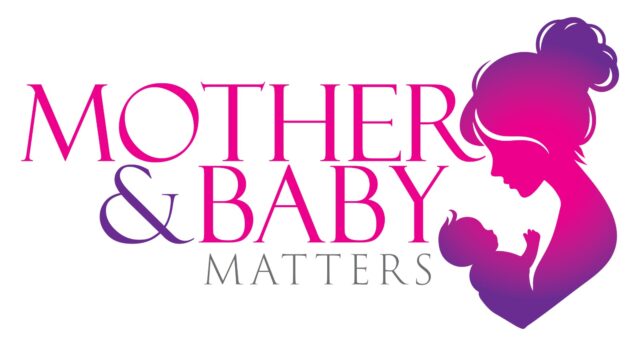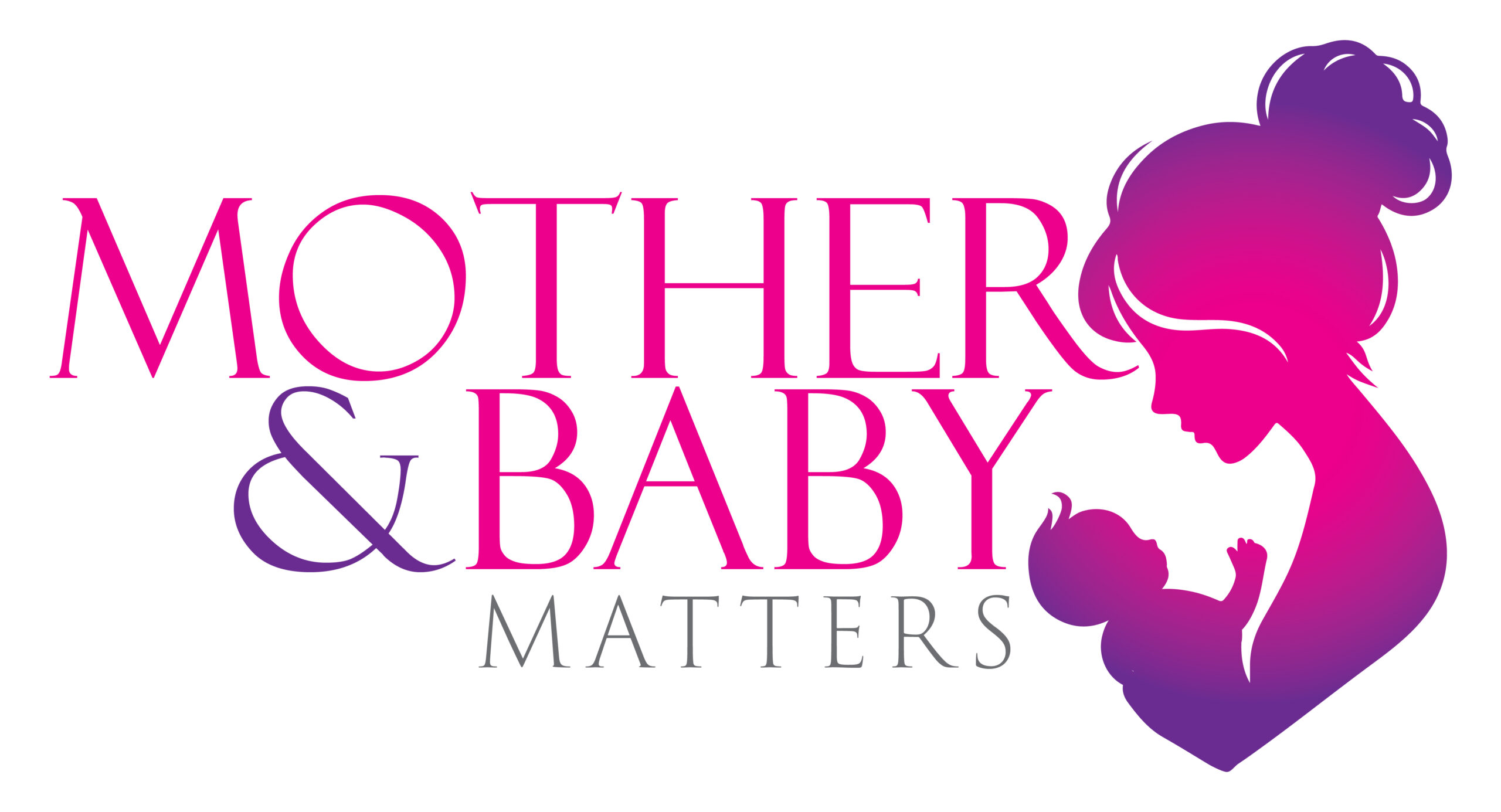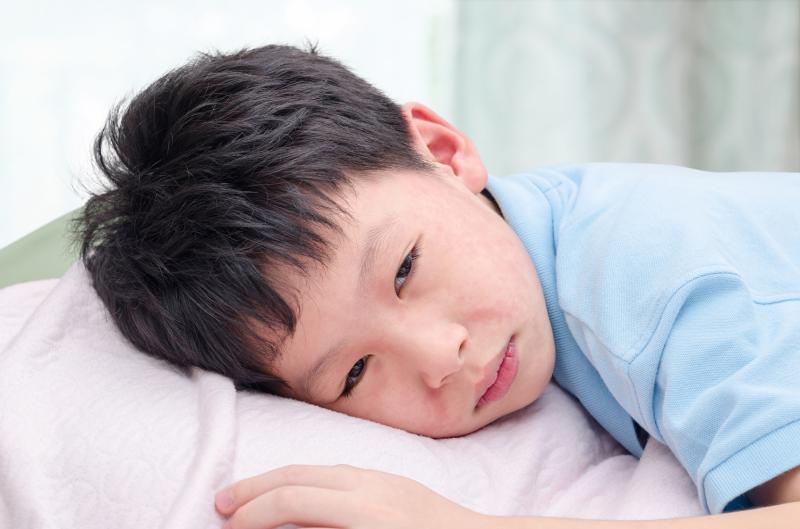The ongoing Guillain-Barré Syndrome (GBS) outbreak has claimed more than 20 lives nationwide since January, and many more have been reported in the past 24 hours. In Maharashtra, a 34-year-old from Pune’s Wagholi and an 8-year-old boy from Nagpur were the latest victims, bringing the state’s GBS-linked death toll to at least 17 in recent weeks, health department data Showed on Monday.
Although GBS is seen in all age groups, children, between 4-8 years old are most commonly affected.

Considering the severity of GBS, Mother and Baby Matter spoke to Dr. Shankar Rajdeo, a Pediatrician and Director of Super Kids Clinic in Navi Mumbai, where he elaborated on the causes, symptoms, and prevention of GBS, especially with a focus on children.
Guillain-Barré Syndrome (GBS) in Children
Guillain-Barré syndrome (GBS) is a rare autoimmune disorder where the immune system attacks the peripheral nerves, leading to weakness or paralysis in different parts of the body.
According to Dr. Shankar Rajdeo, GBS affects 1 in 1 lakh people and can be serious in 10% of cases. If it impacts chest muscles, breathing difficulties may arise, requiring ventilatory support.
The peripheral nerves play a crucial role in transmitting signals between the brain and muscles, enabling movement. In GBS, these nerves become temporarily damaged, causing muscle weakness, paralysis, or sensations like pain, numbness, and tingling in the limbs. Though temporary, the condition can be severe and requires medical attention.
Causes of GBS?
Dr. Shankar Rajdeo explains that in GBS, the attack on the immune system usually involves proteins called antibodies. Normally these help to destroy invading bacteria or viruses. But, in GBS, these antibodies mistakenly damage parts of the peripheral nerves.
Many cases follow a viral or bacterial infection, typically affecting the respiratory or gastrointestinal system, within two weeks before symptom onset. In some cases, minor surgery, trauma, vaccination, or other factors may trigger an immune response, leading to nerve damage. While the exact cause isn’t fully understood, these triggers can set off an abnormal immune reaction that results in GBS.
Common Signs & Symptoms of GBS?
The following are the most common symptoms of GBS. However, each child may experience different symptoms. It may include:
- Decreased feeling /sensations or pain in fingers and toes
- Leg weakness or pain progressing to the arms and upper body.
- Problems with sitting, standing and walking.
- Breathing problems due to respiratory muscle weakness and paralysis.
- Facial weakness, swallowing difficulty, speech problems, vision problems.
After onset, children may experience progressive muscle weakness over a period of one to three weeks. The full extent of the weakness can last up to one to two months followed by slow improvement thereafter. Full recovery may take sometimes 1 to 2 years after diagnosis. If GBS is not treated on time, paralysis of the chest muscles can lead to breathing problems and death.
Diagnosing GBS in Children
- Nervous system exam: This is done to check the child’s muscle strength, balance, coordination, and reflexes. It also checks cognitive functions like memory, vision, hearing, speech, and swallowing.
- Spinal tap (lumbar puncture): This checks the health of the fluid around the brain and spinal cord. This fluid is called cerebrospinal fluid. A small sample is taken from the spinal canal after numbing the lower back for signs of infection and inflammation.
- Nerve conduction study (NCS) and electromyogram (EMG): These tests check nerve and muscle function. NCS measures how quickly nerves transmit signals using electrodes placed on the skin. EMG records muscle electrical activity through tiny needle electrodes in the arms or legs. These tests help assess nerve and muscle function.
- Blood tests: Performed to detect infections or immune-related issues.
- Imaging (MRI or CT scan): Sometimes used to rule out other conditions. MRI may reveal inflammation of nerve roots.
- Pulmonary function tests: These are done to measure the strength of breathing muscles.
How Is GBS Treated in a Child?
Treatment for Guillain-Barré syndrome (GBS) depends on the child’s symptoms, age, overall health, and severity of the condition. While there is no cure, early diagnosis is crucial, as GBS can be life-threatening. Some treatments can speed up recovery.
Most children with GBS require hospitalization, often in the ICU, for close monitoring. Treatment focuses on preventing breathing issues and managing symptoms. Pain-relief medications are used, and in severe cases, ventilatory support may be needed.
To suppress the immune system and reduce inflammation, doctors may recommend:
- Immunoglobulin therapy – A blood product that reduces immune system attacks on nerves.
- Plasmapheresis – A procedure that removes harmful antibodies from the blood.
As the illness progresses, muscle weakness and joint stiffness may occur, requiring physical, occupational, or speech therapy during recovery.
Is GBS preventable?
In most cases, Guillain-Barré syndrome isn’t preventable. Researchers don’t know why some children develop GBS after they get sick, and others don’t. But one way you can try to lower your risk of GBS is to stay as healthy as possible. The following steps can help:
- Wash your hands often.
- Keep away from those who have the stomach flu or other infections.
- Eat healthy and exercise regularly to help boost your immune system.
- Clean and disinfect common surfaces such as tables and countertops, toys, door handles, phones and bathroom fixtures.
Note: This article is only for information. Always follow your healthcare professional’s instructions.




